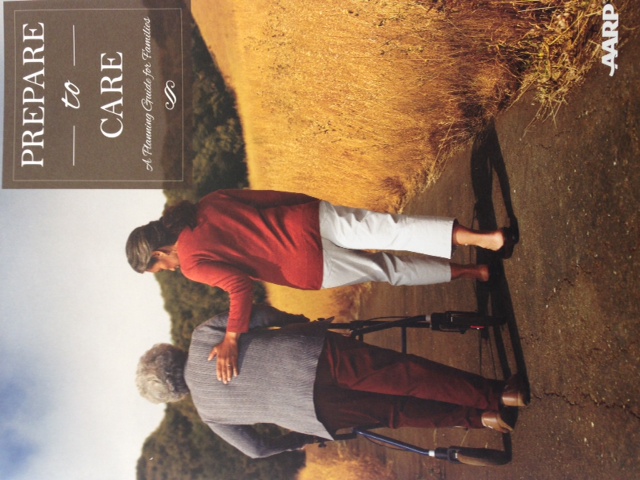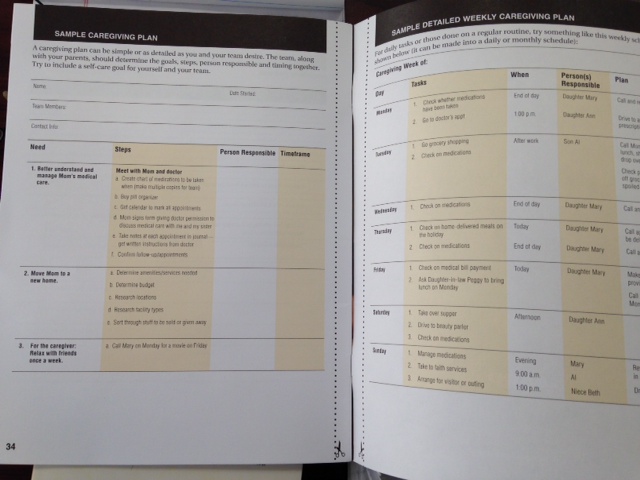AARP Hearing Center
For as long as I can remember, my mom Sarah has made lists. Lists of things to do, things to buy, things to eat. She learned to write shorthand and kept neat, precise lists in a language incomprehensible to me. Today she doesn’t use shorthand anymore but she still does lists.
She carefully writes down the times for her doctors’ appointments, the doses for the medications she takes, the days of the week in which she is supposed to take them. It doesn’t matter that I give her a printout of the prescription or post it on the refrigerator door – she will still write everything down and trust those notes more than her own memory or my handouts.
She is smart, isn’t she?
I am not that organized. I rely on my iPhone calendar to remind me of when I’m supposed to take her to the doctor; I rely on the automated calls from the hospital.
Organization is a key element of caregiving. Time is precious and scarce for the caregiver and if you are not able to organize the things you need to do when caring for a loved one, or the time you will need to dedicate to those tasks, things will easily fall through the cracks.

One of the biggest challenges is organizing work time and caregiving time. Caregiving expert Amy Goyer has published a free e-book on how to juggle work and caregiving. The book provides easy, common sense tips that will help you maximize and make sensible choices.
Organization is as critical for the person providing care as it is for the care recipient. If you are caring for a loved one, the last thing you want is for caregiving tasks to overwhelm you. But this happens way too often: stress and burnout are your biggest enemies. You need to find ways to organize your time and yes, also find the time to give yourself a break.
AARP has a great resource that I’d like to share with you: it’s called Prepare to Care: a Planning Guide for Families. This is not a book in the strict sense of the word - or a traditional how-to guide. It’s more of a book of lists. Whether your caregiving duties are light (running errands for your grandparents, like helping with their grocery shopping) or extremely involved (caring for a loved one who suffers from a chronic illness or can no longer take care of themselves), you will need the planning guide to create your own lists.

Lists go from figuring out your loved one’s financial situation (in case you also have to pay their bills and juggle their income), to charting their medications, figuring out a transportation schedule or designing a full caregiving plan.
Not everyone is as organized and meticulous as my mom. As caregivers, we don’t have all the answers. The planning guide will not provide those answers either. But once you have jotted down the things you need as a caregiver, and the things your loved one needs most, at least you will have a clearer sense of direction.
Besides the AARP guide – which is free – there’s another ebook that can be helpful: Planning for Long Term Care for Dummies. This one goes into more comprehensive issues than the guide.

I hope these resources are helpful to you. They are to me (but I still put a lot of trust in my mom’s lists). If you would like to share your own story, or leave me a comment, please do so here, or send me an email.































































